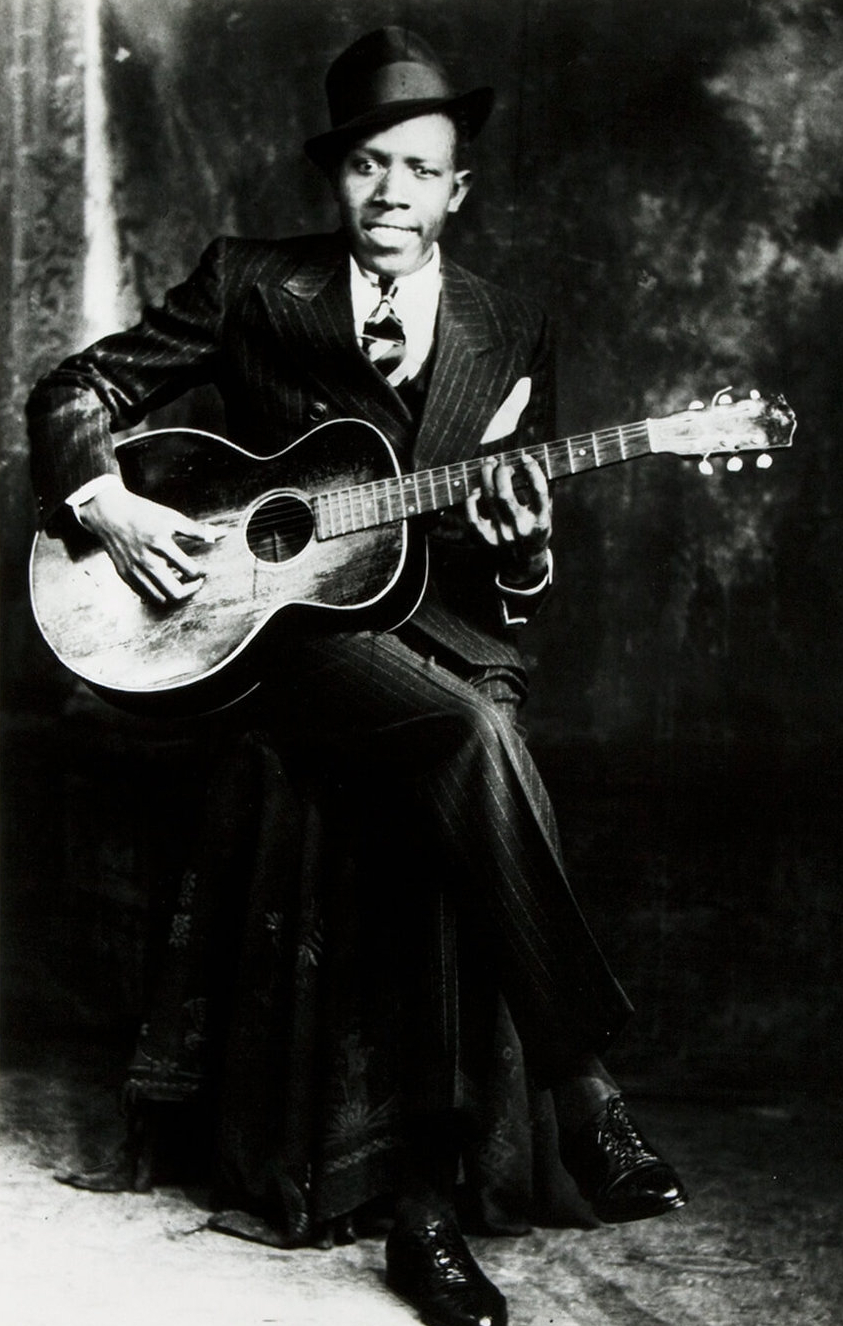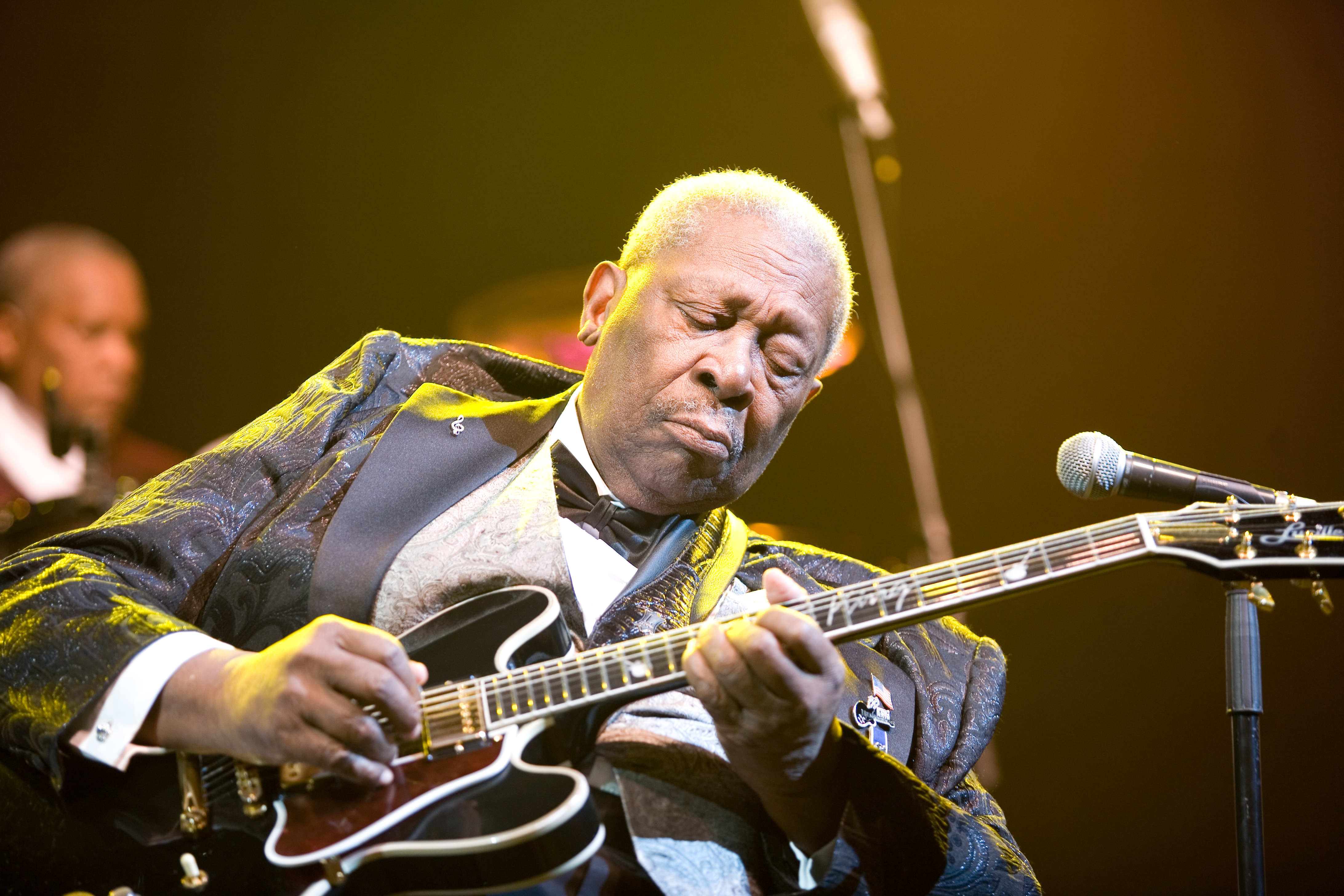Blues is a kind of music that developed in the United States from the various musical expressions of African Americans. The style may have developed in the American South. Blues music is extremely flexible, and various musicians have created individual styles of performing it. The blues contributed greatly to the development of jazz. In addition, many rhythm and blues, soul, rock and roll, and hard rock music compositions show the influence of the blues.

The basic blues design is a 12-bar form that is divided into three sections of four bars each. Most blues lyrics consist of several three-line stanzas. The second line of each stanza repeats the first, and the third line often expresses a response to the first two. Many blues lyrics reflect loneliness or sorrow, but others declare a humorous or defiant reaction to life’s troubles.
Loading the player...Blues
Blues may have developed after the American Civil War (1861-1865) from short solo calls and wails called field hollers. Field hollers were used as a form of communication among Black plantation workers in the South. In the late 1800’s, country, or “down-home,” blues developed in the Mississippi Delta region. These songs were sung by a male singer, usually with guitar accompaniment. Blind Lemon Jefferson and Mississippi John Hurt became well-known singers of country blues.
The blues became more widely known in the early 1900’s. A bandleader named W. C. Handy began to publish blues songs that won wide popularity. Handy’s compositions include “Memphis Blues” (1912) and “St. Louis Blues” (1914). In the 1920’s, Bessie Smith emerged as one of the most talented and popular of the classic blues singers. Recordings by Bessie Smith, Mamie Smith, Ethel Waters, and others helped bring urban blues to a larger audience. In the 1930’s, such masterful performers as Robert Johnson, Blind Willie Johnson, and Memphis Minnie further expanded the genre. Also in the 1930’s, boogie-woogie, a blues-influenced style of piano music, became popular.

During the Great Migration, which began before World War I (1914-1918), many Southern African Americans moved to the large industrial cities of the North, taking the blues with them. In the noisy, crowded clubs of Chicago, Detroit, and Memphis, an amplified version of the blues emerged. Solo artists who once performed on acoustic guitar switched to electric guitar, with electric bass and drum set accompaniment. Among the leading blues artists of this era were Muddy Waters, Howlin’ Wolf, Willie Dixon, and Albert King. Later artists, such as B. B. King, added keyboards and horn sections as well.

Many of the best-known rock performers of the “British invasion” of the early 1960’s—most notably the Rolling Stones, Eric Clapton and the Yardbirds, Steve Winwood, and Van Morrison—were strongly influenced by the blues (see Rock music (The British invasion)). The electric blues continues to be a small but influential segment of the popular music industry. Popular artists such as Buddy Guy, Otis Clay, Robert Cray, Keb’ Mo’, and Gary Clark, Jr., continue the traditions of early blues pioneers today.
